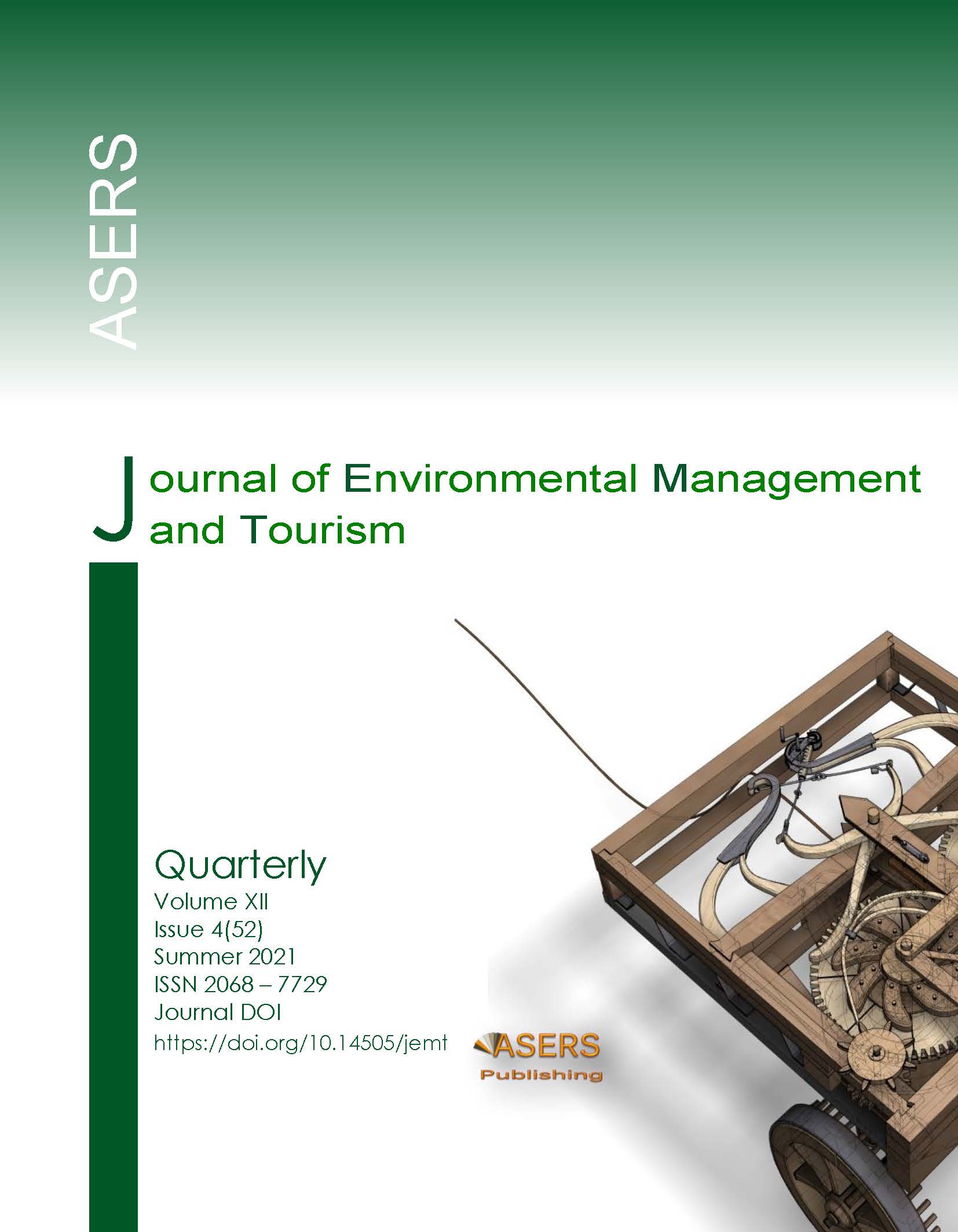Physical and Ecological Carrying Capacity for Cave Tourism Management
Physical and Ecological Carrying Capacity for Cave Tourism Management
Author(s): Onanong CHEABLAM, Jantira RATTANARATSubject(s): Environmental Geography, Tourism
Published by: ASERS Publishing
Keywords: ecological carrying capacity; physical carrying capacity; impact assessment; cave tourism; tourism resources management;
Summary/Abstract: Cave tourism is a nature-based tourism which has recently gained its popularity in Thailand . Caves are natural attractions which are extremely vulnerable, especially caves with limitations in both size and area . Thus, this study aims at studying and determining the maximum and suitable carrying capacity to support physical and ecological tourism in Ban Tham Sua tourism community area to avoid over tourism. The methodology used in this research was a survey on the tourist ’s utilization, duration, number of tourists, and tourism impacts . Moreover, the impact assessment using 16 indicators presented by 5 geological experts for ecological carrying capacity of the cave areas were also conducted. This area-based study was conducted in 3 areas: Thep Nimit Cave, Nang Fa Cave, and Sua Noi Cave . The study found that the number of tourists in these three caves were below carrying capacity which had no or insignificant impact on natural resources. However, it was found that SuaNoi Cave was a huge destruction of the original resources. The study suggests that carrying capacity of cave tourism should be well planned and managed to prevent the environmental degradation.
Journal: Journal of Environmental Management and Tourism (JEMT)
- Issue Year: XII/2021
- Issue No: 04(52)
- Page Range: 986 - 999
- Page Count: 14
- Language: English
- Content File-PDF

